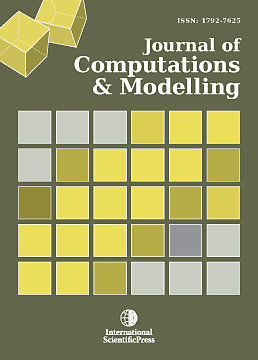Journal of Computations & Modelling
Downward Continuation of Gongola Basin Residual Gravity Anomalies Using Density Log
-
 [ Download ]
[ Download ]
- Times downloaded: 11955
-
Abstract
The major ambiguity in the determination of the subsurface structures by the use of downward continuation is due to the existence of multiple interfaces. This is because residual gravity anomalies are the superposition of effects originating from several interfaces from the subsurface at once. The integration of density log helps in the delineation of the multiple interfaces using a weighting density function. Following pre-existing mathematical models, a new formulation for the weighting density function with respect to the wave numbers attenuation, depth and station intervals were established using the concept of equivalent stratum. The logs were stripped into shorter sections at constant intervals so as to generate a density contrast with respect to depth. This is meant to define the various interfaces, the upper and lower depth limits and the nature of the anomalous mass. From the results obtained, it was observed that the projected residual gravity anomalies showed some increase in amplitude with increase in depth. The weighted density function provided a good estimate of the maximum gravity effect that can be expected from a topographic feature of a given size which lies at a given depth and the fluctuation in the residual gravity anomaly values between negative and positive at intermediate levels showed that the attenuation was minimized. The upper and lower depth limits of the anomalous mass were defined as 2015m and 2170m and the density contrast between the upper and lower depth limits suggest that the anomalous mass is gas.
